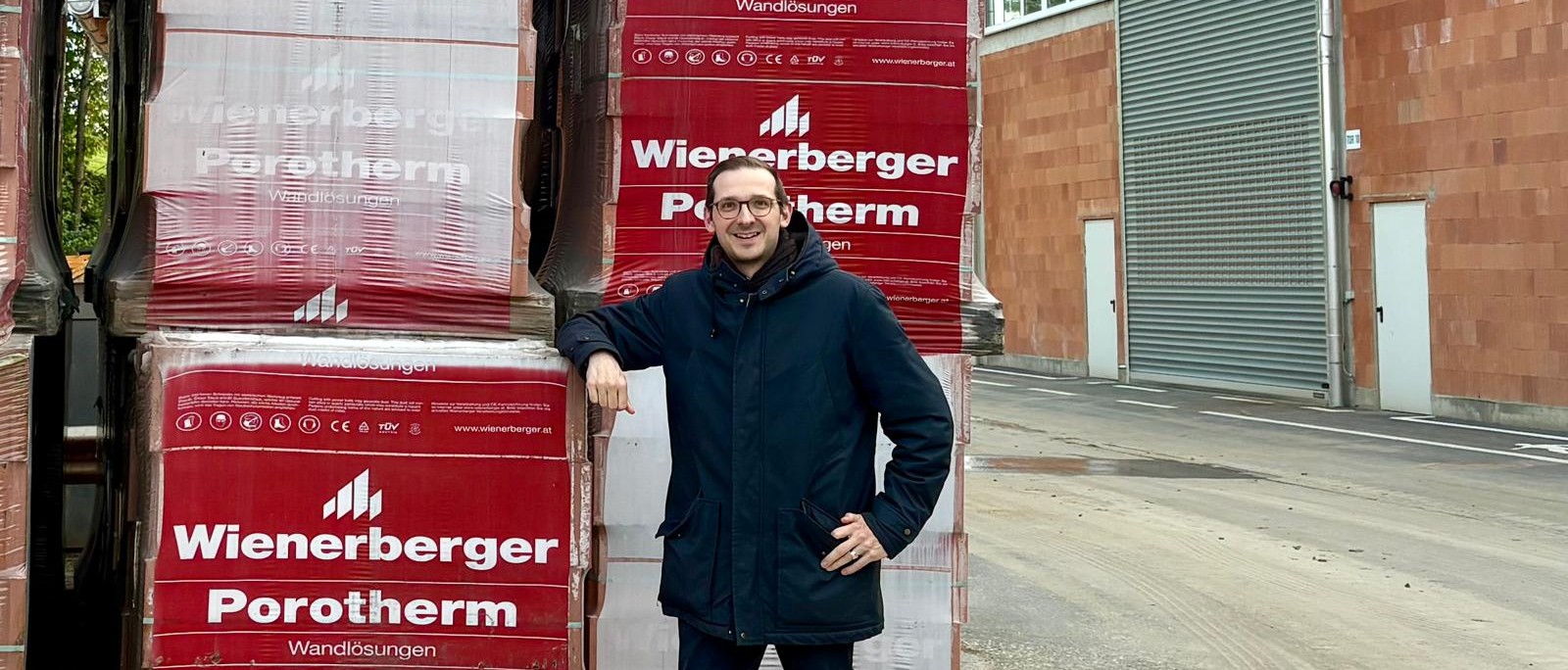Transition énergétique : les signes d’une forte accélération
En 2022, plusieurs chiffres ont montré que la Transition énergétique est en phase de forte accélération. D’une année sur l’autre, les augmentations de capacité en énergie solaire sont en hausse de 40%, de même pour les augmentations de capacité dans le nucléaire. Les ventes de véhicules électriques progressent de 59% et la croissance des pompes à chaleur suit sa trajectoire ambitieuse. Enfin, pour la première fois, la taille des projets prévus dans l’énergie solaire jusqu’en 2030 est compatible avec l’objectif de limiter le réchauffement climatique à 1,5°C.
C’est le début car les plans budgétaires qui accompagnent la Transition ne font que démarrer. Aux Etats-Unis par exemple, l’IRA (Inflation Reduction Act) est l’événement le plus important depuis la signature des Accords de Paris en 2015. Près de $400 milliards d’aides et de subventions sont disponibles pour les entreprises afin d’accélérer la Transition. Depuis la mise en place de ce plan en janvier, on assiste à une véritable explosion des projets qui visent tous, d’une manière ou d’une autre, à limiter le réchauffement climatique. Même si l’équivalent européen de l’IRA a fait moins de bruit, est jugé moins ambitieux et plus complexe à mettre en œuvre, en Europe aussi l’accélération des projets est extrêmement forte.
Certaines tendances sont très encourageantes. Selon Bloomberg, au 1er trimestre 2023, les émissions deC02 en Europe étaient en baisse de 13%par rapport à 2022 et inférieures à l’année 2020 quand l’économie était en partie à l’arrêt à cause du COVID. Ce résultat inattendu vient du prix élevé des énergies fossiles et de la forte augmentation des énergies renouvelables. Nous le voyons aussi au travers des entreprises que nous avons en portefeuille. La plupart d’entre elles démontrent leur capacité à croître sans augmenter leurs émissions. C’est un des deux paramètres clé de la Transition, réduire l’intensité énergétique de la croissance du PIB. L’autre étant de passer des énergies fossiles aux énergies renouvelables.

Deux facteurs principaux sont à l’origine de ces tendances prometteuses. D’un côté les entreprises accélèrent fortement leurs investissements et leurs dépenses en R&D car elles ont plus de visibilité sur la demande finale et sur les incitations fiscales. De l’autre, les Etats continuent à renforcer leurs engagements pour être alignés avec l’ambition des Accords de Paris. Pour la première fois, leurs objectifs semblent même compatibles avec un scénario de réchauffement limité à 1,8°C.
Cet environnement favorable est nécessaire car les besoins en investissement restent très significatifs. Ne serait-ce que dans les réseaux électriques, par exemple, pour faire face à une capacité énergétique beaucoup plus fragmentée avec l’essor de l’éolien et du solaire, on estime qu’il faudra dépenser deux fois plus chaque année alors que, pour l’instant, les investissements stagnent depuis 2016.
Même si la Transition accélère, il reste des obstacles à lever qui freinent les entreprises dans leurs investissements et préoccupent les actionnaires. Le plus important porte sur la réglementation des permis qui n’est pas encore à la hauteur des enjeux. Aux Etats-Unis par exemple, 60% des nouveaux projets d’énergie décarbonée font l’objet de recours par des associations locales, 30% des projets supérieurs à200 millions de dollars ont été abandonnés. En Europe, les conditions sont encore moins favorables et de nombreuses lois environnementales sont utilisées pour ralentir les nouveaux projets.
Il est nécessaire que cette situation change rapidement si l’on veut pérenniser les investissements. Maintenant que le diagnostic du réchauffement climatique est assumé, que le cadre législatif est en place et que les incitations fiscales sont disponibles, il faut laisser le capitalisme faire son œuvre. Comme par le passé, c’est la libre entreprise qui assurera la rapidité d’exécution, permettra l’innovation, attirera les talents ainsi que les financements et fera de la Transition une véritable réussite collective.
Communication pédagogique




















.png)



.jpg)

%20copie.jpg)

%20copie.jpg)


